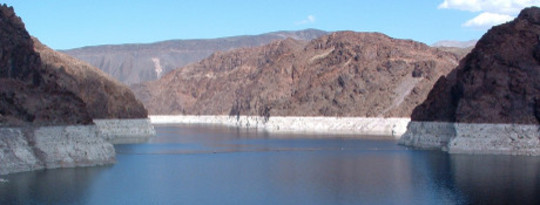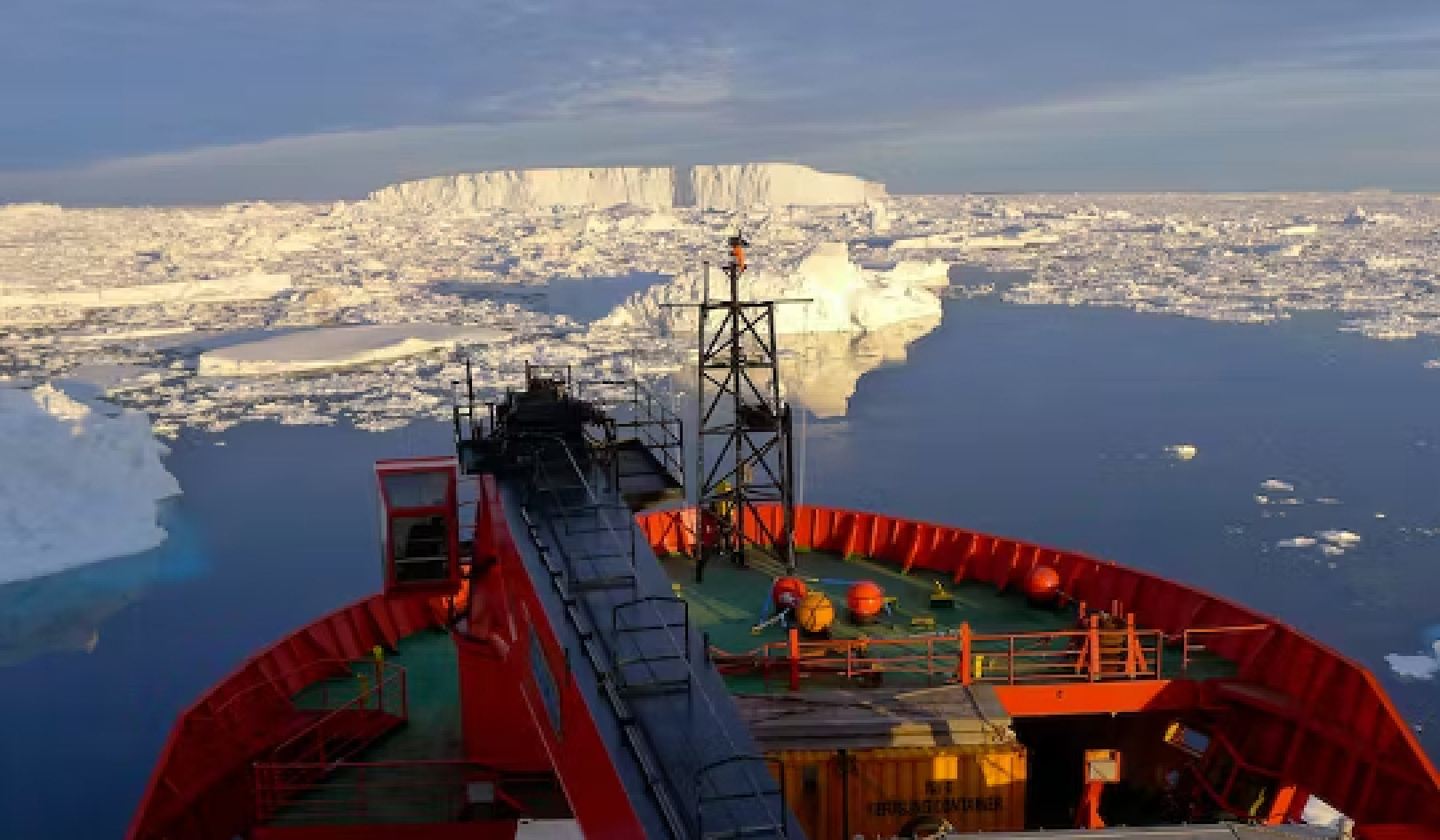
Despite what appears to be an insurmountable problem, it may be possible to significantly reduce global water scarcity in 35 years.
The dilemma is not just one faced by the developing world. In California, legislators are currently proposing a $7.5 billion emergency water plan to their voters; and US federal officials last year warned residents of Arizona and Nevada that they could face cuts in Colorado River water deliveries in 2016.
Irrigation techniques and industrial and residential habits combined with climate change are at the root of the problem, researchers say.
A new paper published in Nature Geoscience outlines strategies in six key areas that scientists believe can be combined in different ways in different parts of the world to effectively reduce water stress.
Water stress occurs in an area where more than 40 percent of the available water from rivers is unavailable because it is already being used—a situation that currently affects about a third of the global population, and may affect as many as half the people in the world by the end of the century if the current pattern of water use continues.
No Silver Bullet
The strategies are divided into “hard path” measures that involve building more reservoirs and increasing desalination efforts of sea water, and “soft path” measures that focus on reducing water demand rather than increasing water supply thanks to community-scale efforts and decision-making, combining efficient technology, and environmental protection.
While there are some economic, cultural, and social factors that may make certain of the “soft path” measures such as population control difficult, the “soft path” measures offer the more realistic path forward in terms of reducing water stress.
“There is no single silver bullet to deal with the problem around the world,” says Tom Gleeson, professor of civil engineering at McGill University and one of the authors of the paper.
“But, by looking at the problem on a global scale, we have calculated that if four of these strategies are applied at the same time we could actually stabilize the number of people in the world who are facing water stress rather than continue to allow their numbers to grow, which is what will happen if we continue with business as usual.”
Soft Measure Strategies
- Agricultural water productivity could be improved in stressed basins where agriculture is commonly irrigated. Reducing the fraction of water-stressed population by 2 percent by the year 2050 could be achieved with the help of new cultivars, or higher efficiency of nutrients application. Concerns include the impacts of genetic modification and eutrophication.
- Irrigation efficiency could also be improved in irrigated agricultural basins. A switch from flood irrigation to sprinklers or drips could help achieve this goal, but capital costs are significant and soil salinization could ensue.
- Improvements in domestic and industrial water use could be achieved in water stressed areas through significant domestic or industrial water use reduction, for example, by reducing leakage in the water infrastructure and improving water-recycling facilities.
- Limiting the rate of population growth could help in all water-stressed areas, but a full water-stress relief would require keeping the population in 2050 below 8.5 billion, for example, through help with family planning and tax incentives. Given current trends, this could be difficult to achieve.
Hard Measure Strategies
- Increasing water storage in reservoirs could, in principle, help in all stressed basins with reservoirs. Such a strategy would require an additional 600 km3 of reservoir capacity, for example, by making existing reservoirs larger, reducing sedimentation or building new ones. This strategy would imply significant capital investment, and could have negative ecological and social impacts.
- Desalination of seawater could be ramped up in coastal water-stressed basins, by increasing either the number or capacity of desalination plants. A 50-fold increase would be required to make an important difference, which would imply significant capital and energy costs, and it would generate waste water that would need to be disposed of safely.
“Significant reductions in water-stressed populations are possible by 2050,” says coauthor Yoshihide Wada from the physical geography department at Utrecht University, “but a strong commitment and strategic efforts are required to make this happen.”
Source: McGill University
Original Study
About the Author
Chris Chipello is senior communications officer in the Media Relations Office at McGill University in Montreal, Canada. The Media Relations Office helps the University disseminate information about major research, publications, breakthroughs and any other stories of broader interest to the public.
Disclosure Statement: The research was funded by: Natural Sciences and Engineering Research Council of Canada and the Canadian Institute for Advanced Research.

Related Books:
The Future We Choose: Surviving the Climate Crisis
by Christiana Figueres and Tom Rivett-Carnac
The authors, who played key roles in the Paris Agreement on climate change, offer insights and strategies for addressing the climate crisis, including individual and collective action.
Click for more info or to order
The Uninhabitable Earth: Life After Warming
by David Wallace-Wells
This book explores the potential consequences of unchecked climate change, including mass extinction, food and water scarcity, and political instability.
Click for more info or to order
The Ministry for the Future: A Novel
by Kim Stanley Robinson
This novel imagines a near-future world grappling with the impacts of climate change and offers a vision for how society might transform to address the crisis.
Click for more info or to order
Under a White Sky: The Nature of the Future
by Elizabeth Kolbert
The author explores the human impact on the natural world, including climate change, and the potential for technological solutions to address environmental challenges.
Click for more info or to order
Drawdown: The Most Comprehensive Plan Ever Proposed to Reverse Global Warming
edited by Paul Hawken
This book presents a comprehensive plan for addressing climate change, including solutions from a range of sectors such as energy, agriculture, and transportation.





















